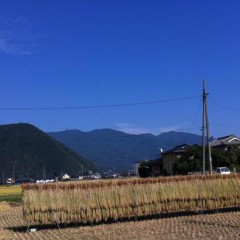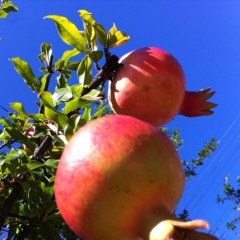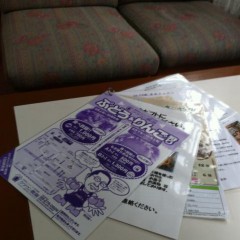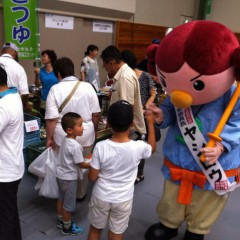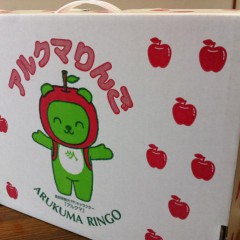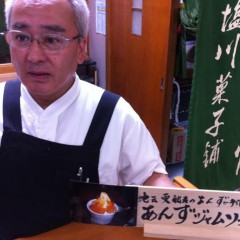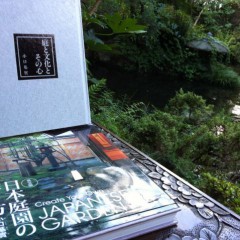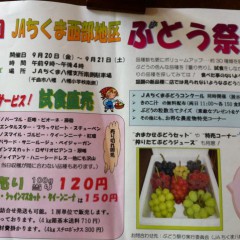「以前はスーパーへ行って、お米を買う人の姿を見て不思議に思った。自分で作れるものは何で買うかと。
しかし、年をとって、田んぼの仕事が出来なくなって、
自分もスーパーで買う様になり、
どれだけ楽か分かってきました。」
(お客さんの送迎の時に言われた事。)
稲刈りの皆様、ご苦労様です。大変だけど、止めないで欲しいな。
"I used to always be amazed whenever I saw someone buying rice at the supermarket -- Why pay for something that you can grow yourself?
But since I've gotten too old to work in the rice paddies and have come to buy rice at the supermarket myself, I realize just how much less work it is to do so."
(Mentioned by a guest one day.)
To all of the people sweating it out working to harvest the rice this time of you, you have my respect. Please keep it up!
